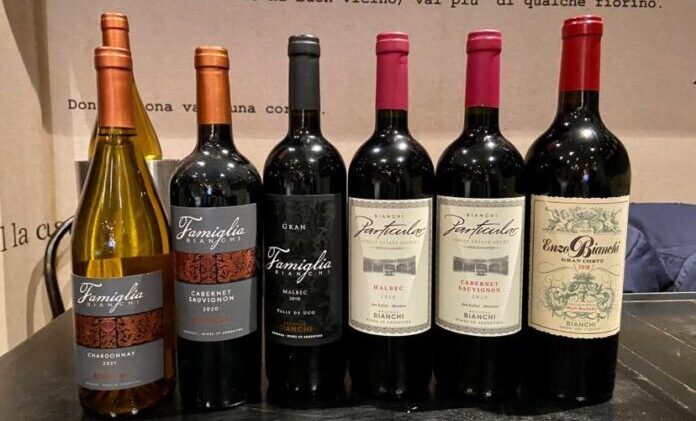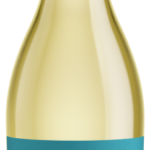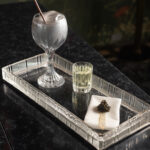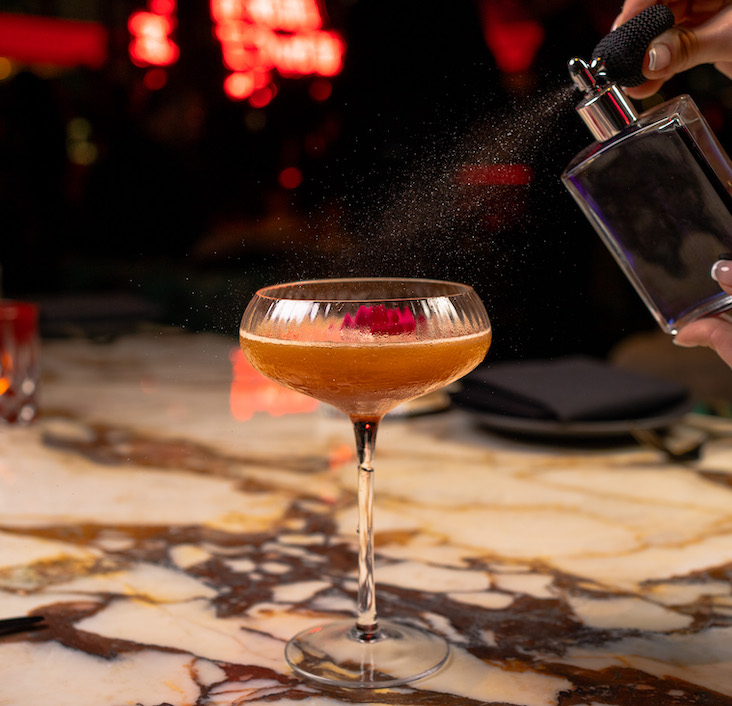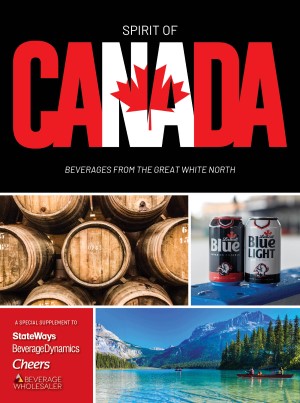In winemaking, as any craft, the learning never stops. Especially at a 95-year-old producer like Bodegas Bianchi, founded in 1928 in Mendoza, Argentina, where current Wine Director Silvio Alberto continues to experiment and finetune his methods.
For instance: Alberto has joined the growing list of winemakers aging in amphora (clay) eggs. What’s old is new again, resurrecting an ancient tradition for modern times. For Mendoza’s famous reds, amphora is “incredible, it creates sweeter tannins and brings out the fruit more,” Alberto says. “It has maintained the fruit very well.”
But he is not content. Ever-curious, Alberto has begun filling amphora with chardonnay — an experiment simply to see the outcome.
“Every day, you are learning,” he explains.
Alberto was in Manhattan last week to lead a tasting of recent Bianchi releases. The media event, hosted by Quintessential Wines, took place at Bocca di Bacco’s Theater District location, where fine language and even-finer plateware lined the walls.
Everything is under consideration for Roberto. With white wines in Argentina, “Should torrontés be our flagship?” he asks. “No. I think it should be chardonnay. Torrontés tends to always taste like torrontés. Whereas with chardonnay, like with malbec, you can taste the different areas of Argentina depending on where it is grown. Chardonnay has better longevity, as well. It’s better for aging.”
And so we started with Famiglia Bianchi Chardonnay 2021 (suggested retail price: $18.99 per 750-ml. bottle). What an eye opener! Hardly the oak-vanilla, buttery bomb of Californian chards, this had light tropical fruits and lovely citrus, tied together by good acidity and minerality. Refreshing and balanced, it was a true food wine that went wonderfully with Bocca di Bacco’s insalata and crab cakes.
Advancing through the Famiglia line, we next opened the Famiglia Bianchi Cabernet Sauvignon 2020 ($20.99) and Gran Famiglia Bianci Malbec 2019 ($29.99). Here, we encountered more signs of Alberto’s focus on fruit. Both brought sweet red fruits to the forefront, with the oak reduced to a balancing act in the background.
“For the past seven years, I have gradually reduced the amount of oak in these wines,” Alberto says. (It’s down to 15% in the cab sauv, 50% in the malbec.) “You have to listen to your customers. And now the people prefer more fruit and acidity, and wine that’s more easy-drinking.”
The fruit-forwardness of both bottles, backed up by the chocolate and vanilla notes still present from the French oak, paired naturally with the polpette al pomodoro.
Next, we reached the Particular line: Particular Bianchi Cabernet Sauvignon 2019 ($39.99) and Particular Bianchi Malbec 2019 ($39.99). Alberto describes the difference between Famiglia and Particular as the former being “wider wines on the palate” than the latter, which are “leaner wines that go deeper in the mouth,” due to the elevated vineyards and different soils for the Particular series.
True to his statement, both Particular offerings had more concentrated fruit than their Famiglia counterparts. The cab sauv displayed lots of character and dark fruits, without being jammy. On the Malbec I especially enjoyed the sweet tannins — a theme throughout the tasting — along with the mouth-coating, ripe red fruit and dark chocolate.
Elegant with their big-yet-controlled fruitiness, both wines were a match for my fettuccine Bolognese (with superb homemade pasta).
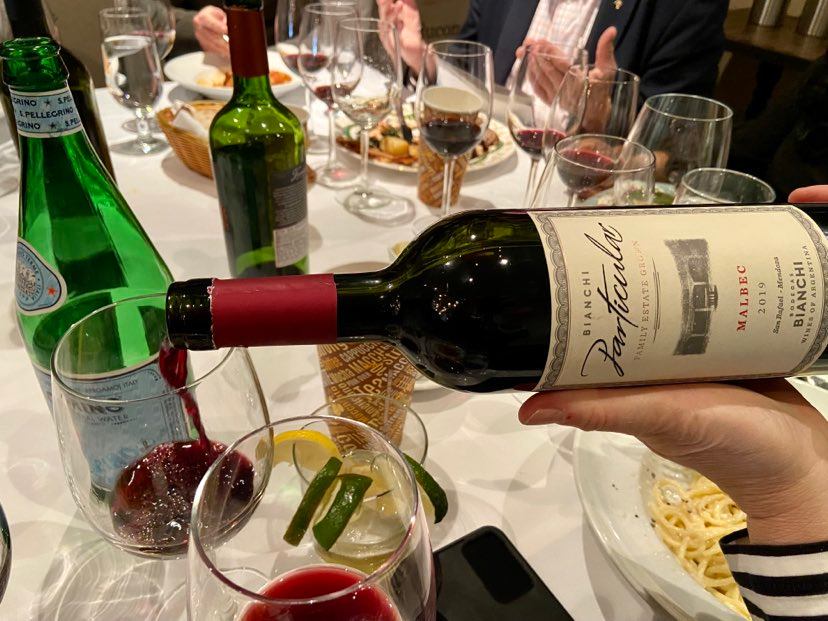
We concluded with the Enzo Gran Corte 2018 ($69.99). Once again, evidence of Alberto’s love of learning and experimentation. When he became Bianchi’s wine director in 2018 — the first ever from outside the founding, namesake family — he decided to deviate from the grape makeup that had defined this wine for so many years. Rather than the traditional 50% malbec, 50% cabernet sauvignon, he “preferred using a blend of the best varietals of any given vintage.”
This change began with the 2015 release. Alberto poured it for the Bianchi family without word of any alteration. Not until after they had sipped and lauded the release did Alberto reveal his switch. By then, the undeniable quality of the new blend had won over the family.
Now, the Enzo Gran Corte is typically comprised of 43% malbec, 37% cabernet sauvignon, 15% merlot and 5% cabernet franc, depending on the year. Complex with spice and herbs, bold black fruit, cocoa and vanilla, sweet tannins and good acidity, this is an extraordinary wine, further proof that forever learning amongst the vineyards can produce remarkable results.

